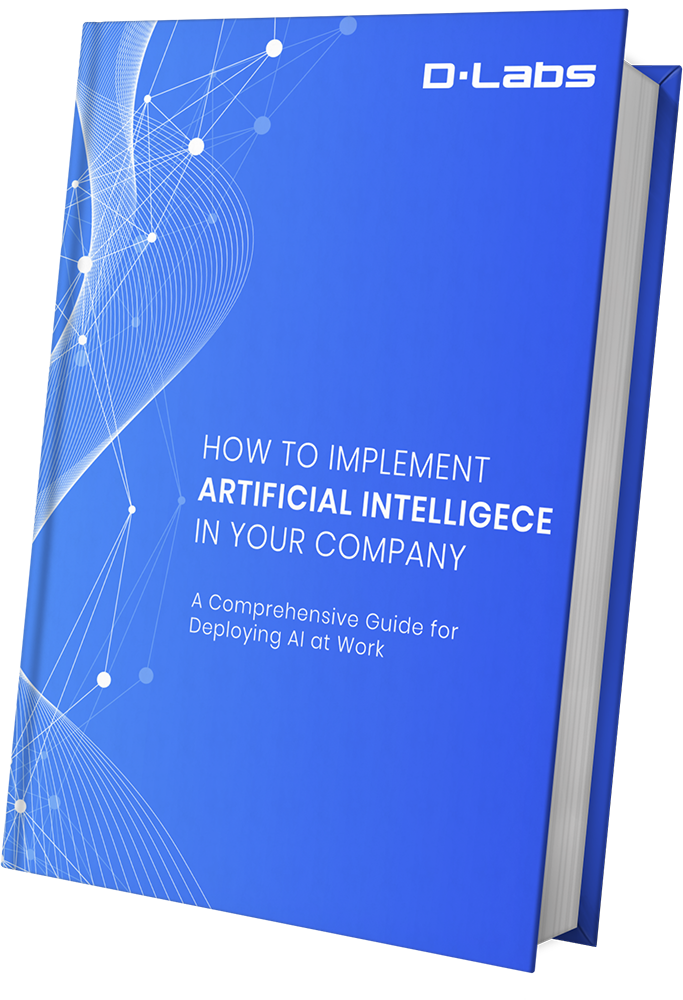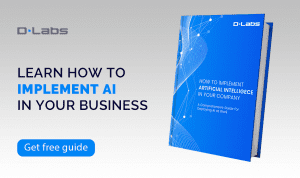A 2019 study by Dresner Advisory shows how sales and marketing teams focus on artificial intelligence more than any other department. Is that any surprise? Perhaps not. Sales and marketing are responsible for growing the top line — and AI offers many ways to boost revenues.
Today, we’ll look at one specific tool: let’s see how image recognition software can boost your marketing impact.
First, let’s look at what AI brings to the marketing table
Marketers have been raging about artificial intelligence for some time now. Programmatic advertising, smart product recommendation engines, predictive analytics, chatbots: the use cases stretch as far as the imagination.
AI can help marketers conceptualize their campaigns. It can help marketing analysts analyze and optimize the results. In fact, a recent Gartner study predicts that by 2022, AI-based marketing software will relieve data analysts of up to a third of their analysis tasks.
That could allow marketing teams worldwide to focus on other essential business processes — instead of investing so much time on routine manual tasks that can now be automated (think content personalization, lead scoring, and reporting).
Thanks to AI, departments can save both time and money while simultaneously improving the customer experience and gaining a competitive edge. And let’s not forget: it can help teams collaborate more closely, breaking down potential sales and marketing silos.
Allow us to stretch your imagination for a second. And we’ll show you how to use AI for image and object detection — leveraging the technology for visual brand listening, logo recognition, and ad-targeting.
How image recognition works in marketing software
AI-powered image recognition replaces the manual process of sifting through thousands of pictures to find the ones that perform best. It can even classify images based on specific trends.
You can use image recognition in several contexts — let’s look at some examples.
More targetted ads based on the images viewed by a website visitor
Marketing software can use AI to analyze the images viewed by a visitor: first, classifying the images themselves, then detecting and classifying the objects in the images.
Based on this classification, the software can assign each user to a specific category or audience segment. Then marketers and advertisers alike can use this information to create more targeted campaigns.
Ultimately, you can increase conversions from visual ads by making them both relevant and personalized.
Better social media monitoring using brand logos detected in Instagram images
Brands can no longer monitor social media conversations with text analysis alone. They must use visual monitoring as well to find instances where people reference brands using imagery.
DLabs.AI created one such tool for a client: developing a machine-learning algorithm to recognize brand logos in images.
The software correctly recognizes 8-out-of-10 logos in Instagram images, allowing social media agencies to monitor visual conversations around their client and competitor brands — and then join the chatter.
More accurate product recommendations based on object detection in videos
Ecommerce stores often use AI to enhance product recommendations based on shopper activity. However, you can go a step further and recommend products based on the objects viewed by a prospective customer in video content.
AI can detect clothing, furniture, gadgets — or virtually any object — and display similar products from your online store based on what your customer has just seen.
Boost segmentation by detecting features in visual ads
AI can detect specific features in images: like colors, human faces, the number of people, or particular demographics — which can be a powerful tool for marketing analytics, letting you:
- Analyze ad image performance
- Identify what works best
- Personalize ad content
- Optimize campaign results
You can even use image recognition to find the right content for marketing materials like blog posts, white papers, deals, and brochures. The software reviews your existing content alongside a few key phrases to find the best images, eliminating the manual work for your team.
Better still — and this is regardless of the use case — your system will learn your preferences over time, improving its accuracy to yield ever-better results.
How to create image and object recognition software
If you want to use image recognition software in an upcoming project, download our eBook to learn what it takes to:
- Define the project scope and metrics
- Collect data and create synthetic data
- Train models and test their performance
- Deploy the models to production
- Monitor and optimize their performance over time
…and if you’re looking for free expert advice on using object detection – feel free to schedule a 15-minute chat with a DLabs AI specialist.







